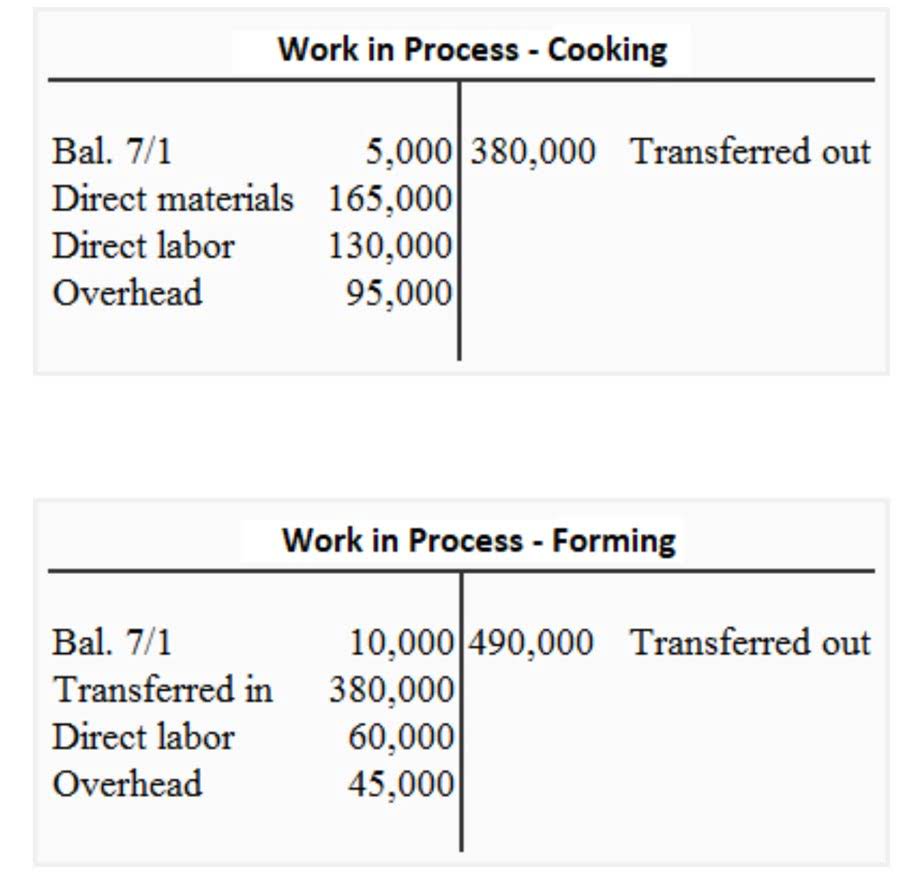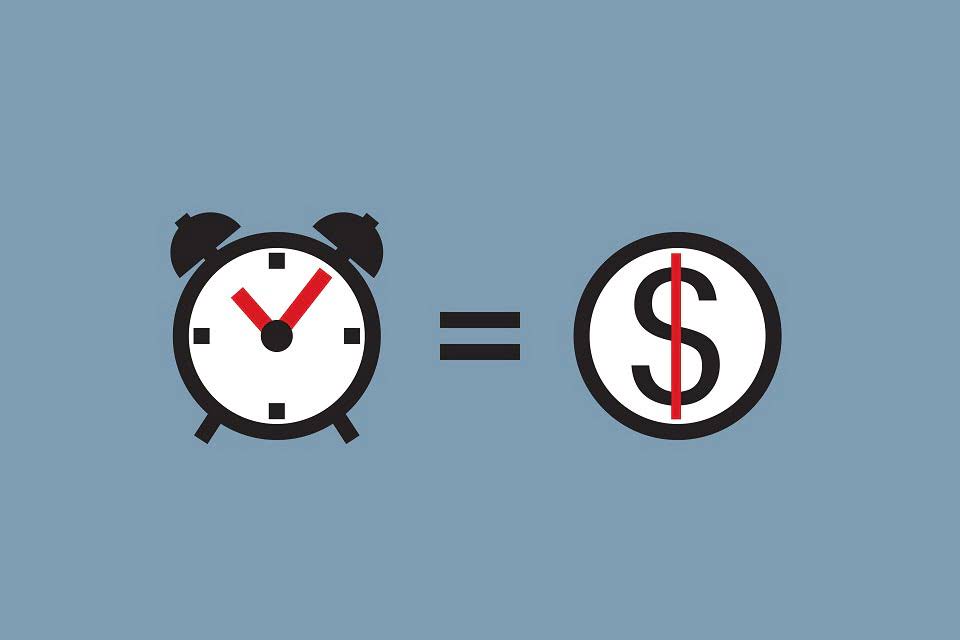
It acts as an agreement to work with the client, but it’s not necessarily a payment for the entire service. The agreement should detail how and when payments will be made, whether it’s a lump sum, monthly installments, or another arrangement. This clarity helps both parties manage their finances and ensures that the professional is compensated in a timely manner. Additionally, the agreement should address what happens if the retainer is exhausted before the end of the term. Will additional work be billed at an hourly rate, or will a new retainer be required?

Delivering Services
- These tools not only save time but also reduce the likelihood of errors, ensuring that both parties have a clear record of all financial transactions.
- This fee is like a down payment but for a service rather than a material purchase.
- The client essentially ‘retains’ the freelancer, ensuring their availability when needed.
- Examples of this could be someone acting in an advisory capacity, legal services, a freelance writer or someone acting as a consultant.
- However, it’s a crucial part of the process, and with a few tips, you can navigate it with confidence.
A retainer fee is kept in a separate trust account and can be withdrawn by the attorney only when he incurs legal costs or performs the work contracted by the client. Retainer fees have likely been around for hundreds of years since service providers have always tried to get paid in advance for their work. However, the term “retainer fee” and its use in professional services such as consulting and legal services are relatively recent. This fee is like a down trial balance payment but for a service rather than a material purchase.
- In many professional relationships, sensitive information is shared between the parties.
- While it’s important to stand your ground and not undervalue your work, it’s also important to be flexible and open to compromise.
- By understanding their intricacies, both professionals and clients can ensure a symbiotic relationship.
- Further, a signed copy of the fee agreement should be kept by both parties in case a legal dispute arises regarding the agreement.
- A special retainer is a prepayment tied to specific tasks or projects outlined in the agreement.
- The retention payable serves as the final settlement, marking the conclusion of financial dealings for the project.
Issues with Clarity
After considering the client’s legal needs, the lawyer will then often present the prospective client with a fee agreement. Once the agreement is terminated, the client may claim the balance of the retainer fee after paying the attorney an amount equivalent to the number of hours worked. Therefore, clients should Law Firm Accounts Receivable Management clarify with the attorney if they notice a “non-refundable” clause regarding retainer fees in the agreement. It should also address penalties for delayed payments, such as late fees or interest charges, to incentivise timely compliance. A well-structured payment term ensures a smooth financial flow and mitigates potential conflicts over financial matters.
Misconceptions of Retainer Fees – Retainer Fees Defined and Explained
For instance, if your operational expenses are £200 per month, add them to your hourly estimate to maintain profitability. Once the total hours are estimated, multiply them by your standard hourly rate. If your rate is £50 per hour and the service requires 20 hours monthly, the baseline cost would be £1,000. Add flexibility for unexpected tasks or overruns by increasing the estimate slightly (e.g., 10%).

This article explains retainer fee structures in recruitment, outlining their benefits and offering insights into best practices for businesses and recruiters. It is always a good idea to consult with an attorney or legal advisor to ensure you are on the right side of the law. While this may seem like an extra cost, it can prevent potential legal issues in the future. As a freelancer, your focus should be on delivering quality work, not worrying about legal disputes.
- By holding back a portion of payments, owners have financial leverage to address issues such as unfinished tasks or defects.
- This includes specifying the total fee, the payment schedule (initial retainer, progress payments, and final payment), and any additional costs for additional services.
- Retainer fees are a useful tool for companies that require regular input from outside agencies, but don’t necessarily want to hire specialists of their own.
- By following best practices, businesses can ensure they attract top-tier talent, leading to long-term success for both the organization and the employees they hire.
- In contrast, an earned retainer fee is a payment that is paid in advance by a client in order to secure the services of a lawyer that the lawyer earns upon being hired.
- Clearly defining the services to be rendered helps prevent misunderstandings and sets boundaries for what is included in the retainer fee.

Bookkeeping, preparing tax returns, and making financial statements are all examples of regular tasks that retainers could cover. Retainers not only help the client budget for accounting services but also help the client budget for accounting services. Retainer fees are either an added expense for the client or a strategy to guarantee a continuous income for the service provider.

All About Software Escrow Agreements
In legal services, they secure attorney availability; in consulting, they ensure consistent advisory access; and in creative fields, they guarantee ongoing collaboration. A special retainer is a prepayment tied to specific tasks or projects outlined in the agreement. This type of retainer ensures that the professional focuses on clearly defined deliverables, such as completing a set number of designs, articles, or strategic plans. For example, a graphic designer may charge a special retainer to deliver a series of promotional materials over a fixed period. It retainer fee provides clients with structured outcomes while professionals gain guaranteed income for measurable work.

This financial reserve serves as a guarantee that issues, if any, will be resolved promptly to meet expectations. It provides project owners with a financial buffer against potential risks, such as incomplete work, delays, or defects. By withholding a portion of payments, project owners safeguard their investment and ensure the contractor’s accountability. This approach helps maintain contractor motivation to meet contractual obligations. It also ensures that any outstanding issues are addressed before the final payments are released. Both the recruiter and the client should ensure that the retainer agreement includes clear legal terms regarding payment, confidentiality, candidate ownership, and other important factors.
